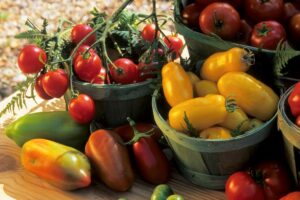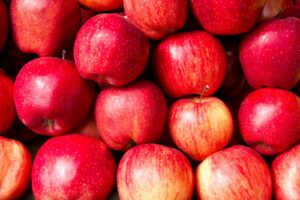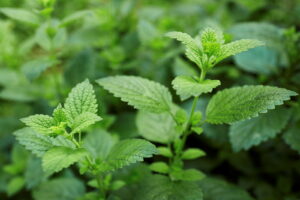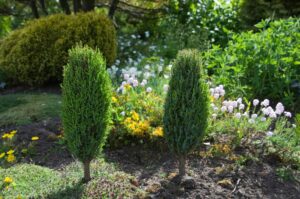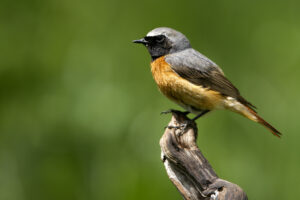Sowing calendar: when to sow different vegetables
When it comes to getting from tiny seeds to an abundant harvest of vegetables, timing is crucial. Here is our monthly sowing calendar to help you sow the right vegetables at the right time.
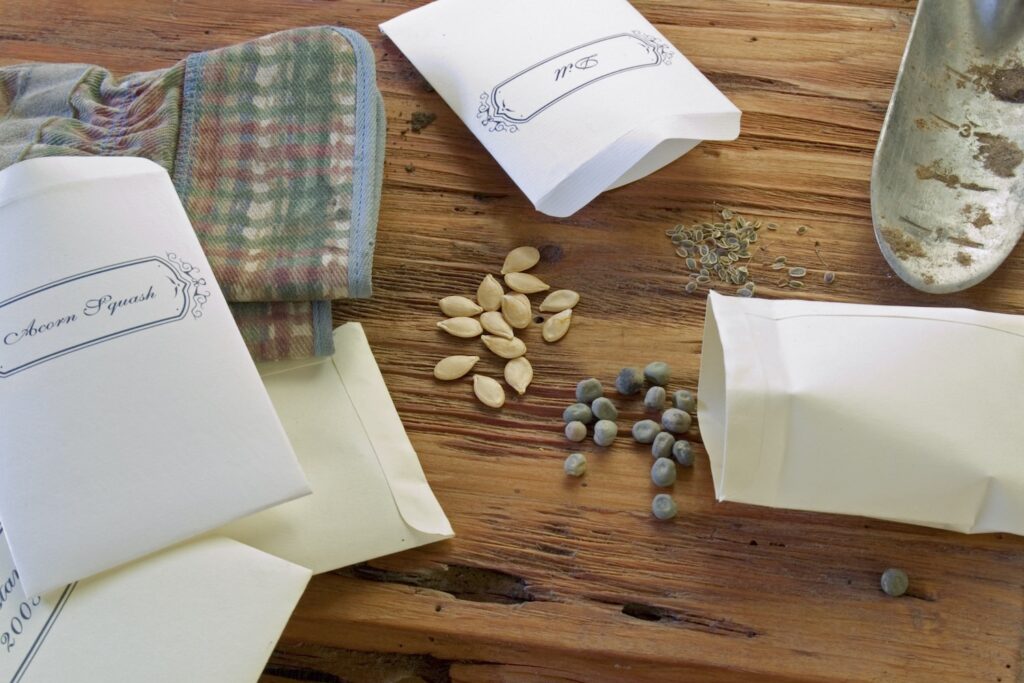
Harvesting fresh vegetables from the garden all year round is every gardener’s dream. But knowing what varieties to choose and when to sow them is a fine art. The time of year we sow our vegetables has a big impact on when we can harvest, whether the vegetables can fully ripen and the quality of harvest. While some plants have very long cultivation periods, others can form flowers very early on. It is true that it can be tricky to keep track of all the different plants and their sowing dates, but with a sowing calendar you will know at a glance which vegetables need to be sown at any given time.
Contents
A gardener’s work is never done, because there is a wide variety of vegetables that can be sown indoors or outdoors throughout the year. The planning for this often takes more time than the sowing itself. To make this task simpler, we have put together a vegetable planting calendar for you to find out the best time to sow different plant varieties.

Seeds to sow in January
Cold-tolerant vegetables can be sown in the greenhouse as early as the first month of the year. Of course, the growth rate will be much slower than sowings in warmer months, but it is still worth it, both for soil health and for a delicious harvest. All year round, lamb’s lettuce (Valerianella locusta) is a particularly robust and vigorous-growing leafy vegetable. Spinach (Spinacia oleracea), wintercress (Barbarea vulgaris) and winter purslane (Claytonia perfoliata) also thrive in a greenhouse in winter.
You can also grow lettuces such as lollo rosso and lollo bionda (Lactuca sativa var. crispa) or butterhead lettuce (Lactuca sativa var. capitata) on the windowsill beginning in mid-January to then move into the greenhouse in March. Kohlrabi (Brassica oleracea var. gongylodes) and radish (Raphanus sativus) can also be started indoors from mid-January. Garden cress (Lepidium sativum), rocket (Eruca sativa) and other microgreen shoots are in season in the kitchen too in January and offer a healthy bit of variety all year round.
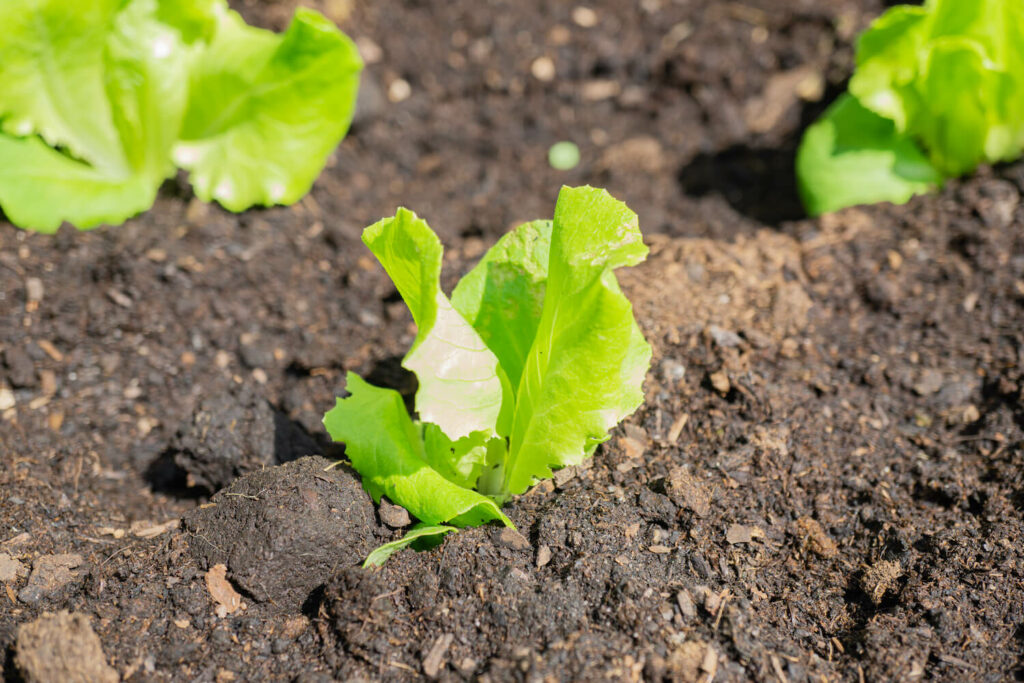
Summary: What do sow in January
- On the windowsill: lettuce, kohlrabi, radish, microgreen sprouts, cress
- In the greenhouse: winter purslane, winter cress, lamb’s lettuce, spinach
Seeds to sow in February
February marks the start of the season for slow-growing vegetables. In mid-February, sow your aubergines (Solanum melongena), tomatoes (Solanum lycopersicum) peppers and chillies (Capsicum sp.) in a warm place to germinate. Starting plants with a long cultivation time like artichokes (Cynara scolymus) in mid-February is essential too. On top of this, you can grow leafy vegetables such as spinach in the greenhouse for continuous harvesting. Endives (Cichorium endivia), romaine lettuce (Lactuca sativa var. longifolia), iceberg lettuce (Lactuca sativa) and onions (Allium cepa) can be sown in the greenhouse from the end of February. Germination can take a long time at low temperatures but you can speed this up a little with the help of fleece covers or mulches.

Summary: What to sow in February
- On a warm windowsill: aubergines, tomatoes, chillies, peppers, artichoke
- In the greenhouse: lettuce, endives, onions, spinach
Seeds to sow in March
With the arrival of spring, March is the ideal month for sowing cape gooseberries (Physalis peruviana). Start your seedlings on a warm, sunny windowsill. The first root vegetables, such as parsnips (Pastinaca sativa), Hamburg root parsley (Petroselinum crispum subsp. tuberosum), common salsify (Tragopogon porrifolius), black salsify (Scorzonera hispanica) and carrots (Daucus carota) can also now be sown outdoors. Good neighbours to carrots, parsnips and parsley roots are spring onions (Allium fistulosum), leeks (Allium porrum) and seed onions − you can also sow these in March. Hardy legumes, such as peas (Pisum sativum) and broad beans (Vicia faba), will thrive in the garden bed from as early as the beginning of March too.
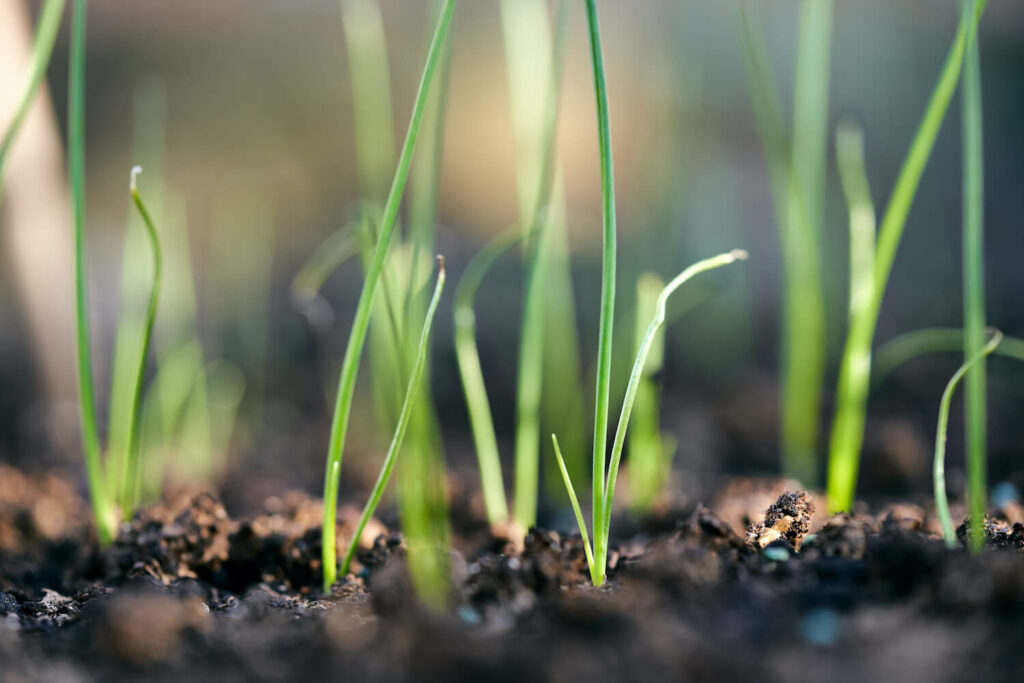
The radish (Raphanus sativus var. sativus) sowing season stretches from the middle of March until the beginning of September. Leafy vegetables, such as lettuce, lamb’s lettuce, spinach and garden orache (Atriplex hortensis), can now be sown outdoors until the beginning of September. You can plant red cabbage, white cabbage and savoy cabbage (Brassica oleracea convar. capitata), as well as cauliflower (Brassica oleracea var. botrytis) and kohlrabi (Brassica oleracea var. gongylodes) outdoors in March, while the warmth-loving broccoli (Brassica oleracea var. italica) prefers to develop in the greenhouse.
On the windowsill or even in the greenhouse, you can start bulb fennel (Foeniculum vulgare), celeriac (Apium graveolens var. rapaceum), artichoke (Cynara cardunculus), New Zealand spinach (Tetragonia tetragonioides) and chard (Beta vulgaris subsp. vulgaris). Tiger nut (Cyperus esculentus) will also grow into healthy young plants from March onwards, for transplanting outdoors from mid-May onwards. However, tiger nuts are not grown from seeds, but with small root rhizomes.

Summary: What to sow in March
- On the windowsill: tomato, cape gooseberry, artichoke, tiger nut
- Outdoors: carrot, parsnip, parsley root, common salsify, black salsify, onion, spring onion, leek, pea, broad bean, cabbage, cauliflower, kohlrabi, radish, lamb’s lettuce, lettuces, garden orach
- In the greenhouse: broccoli, bulb fennel, celeriac, chard, New Zealand spinach
Seeds to sow in April
April is the time to start sowing cucurbits, for transplanting outdoors in mid-May. Melons (Cucumis melo), cucumbers (Cucumis sativus), squash (Cucurbita sp.) and courgettes (Cucurbita pepo subsp. pepo) will now germinate on a warm windowsill. Corn (Zea mays) also likes to be started indoors, as do beans (Phaseolus vulgaris) and heat-loving nasturtium (Tropaeolum sp.). You can start brussels sprouts (Brassica oleracea var. gemmifera), cavolo nero kale (Brassica oleracea var. palmifolia) and beetroot (Beta vulgaris). You can also direct sow turnips (Brassica rapa subsp. rapa var. majalis) continuously from the beginning of April until June.
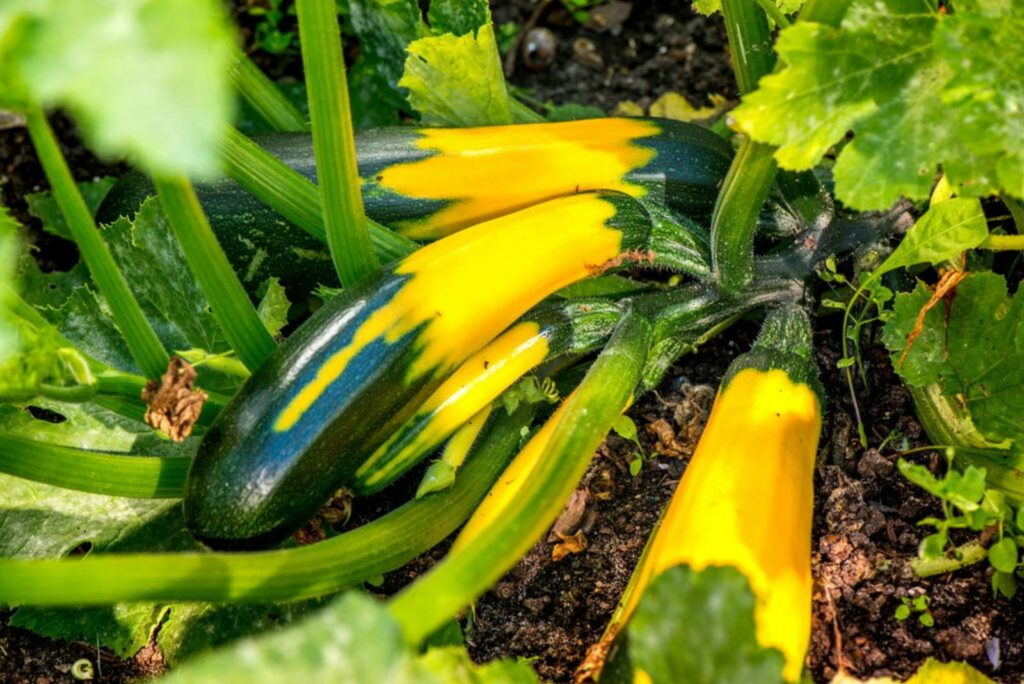
Summary: What to sow in April
- On the windowsill: melon, cucumber, squash, courgette, sweetcorn, runner bean, nasturtium
- Outdoors: Brussels sprouts, cavolo nero kale, beetroot, turnips
Seeds to sow in May
The sunny month of May should be used for sowing vegetables with late autumn to winter harvest times. Turnips (Brassica napus subsp. rapifera) can be sown directly into the bed from mid-May after the last frosts, as can runner beans (Phaseolus coccineus) and french beans. It is now the sowing season for the popular winter vegetable kale (Brassica oleracea var. sabellica) which enjoys a warm spot in a cold frame or greenhouse. May is also the time for sowing leafy vegetables such as golden purslane (Portulaca oleracea var. sativa) which you can harvest until autumn.

Summary: What to sow in May
- Outdoors: turnip, French beans, runner beans, golden purslane, lettuce
- In a cold frame/greenhouse: kale
Tip: For flavourful vegetables, a good supply of nutrients is essential. So, make sure to mix a natural slow-release fertiliser into the soil when planting high-yield vegetable plants. Our Plantura Tomato Food is ideal for vegetables and environment friendly too.
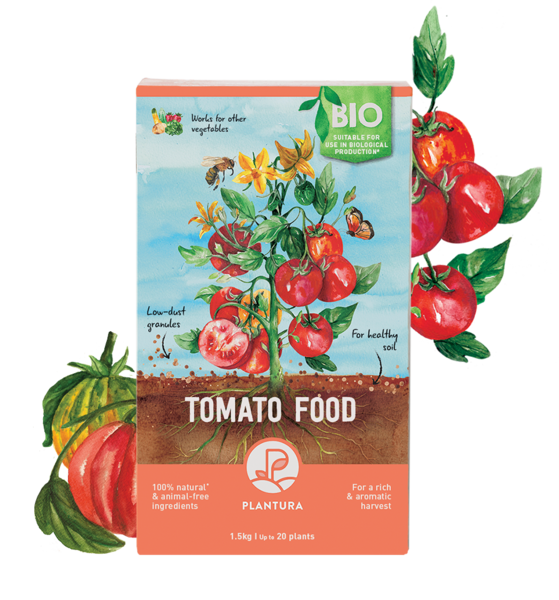
- Perfect for tomatoes, chillies, courgettes, cucumber & more
- For healthy plants & an abundant tomato harvest
- Long-lasting fertiliser that is free from animal products - child & pet friendly
Seeds to sow in June
June sowing is for crops that tend to bolt and flower early such as sugar loaf and radicchio, which are both types of chicory (Cichorium intybus var. foliosum). You can also sow cabbages, such as pak choi (Brassica rapa subsp. chinensis), and autumn varieties of cauliflower directly into your veg patch in June. In summer, it is still possible to sow radishes, lettuce and carrots as well.

Summary: What to sow in June
- Outdoors: sugarloaf, radicchio, pak choi, autumn varieties of cauliflower, radishes, lettuces, carrots
Seeds to sow in July
When sowing in July, the focus is on the approaching autumn. Autumn and winter radishes, such as black radishes (Raphanus sativus var. niger) and welsh onions, can now take their place in your veg patch. Chinese cabbage (Brassica rapa subsp. pekinensis), which tends to shoot during long daylight hours, can now also be sown directly outdoors.
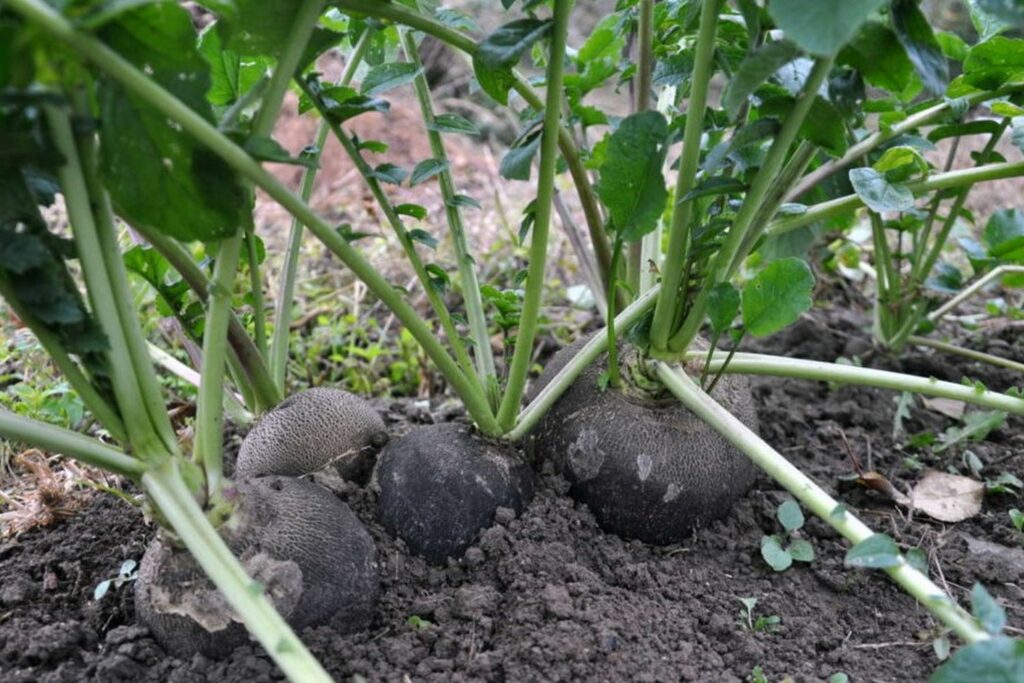
Summary: What to sow in July
- Outdoors: autumn and winter radishes, welsh onions, Chinese cabbage, lettuces, radishes
Seeds to sow in August
With decreasing daylight hours, August, like July, is ideal for starting autumn crops such as welsh onions, winter radishes and Chinese cabbage. Outdoor grown vegetables such as lamb’s lettuce and radishes are also still in season.
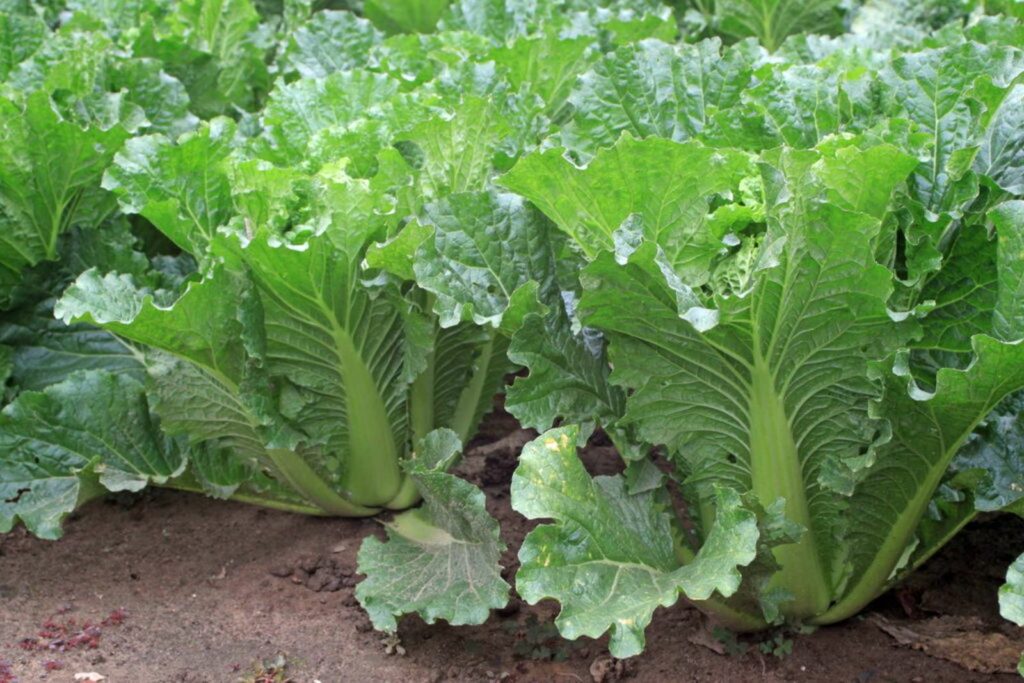
Summary: What to sow in August
- Outdoors: autumn and winter radishes, welsh onions, Chinese cabbage, lettuces, radishes
Seeds to sow in September
You can now plant the last sets of lettuces and radishes in your veg patch. Late cauliflower, savoy and white cabbage varieties can be sown in September, as can welsh onions and mustard. Fast-growing lettuces sown at this time will also be ready for harvesting before winter. It is a good idea to fill any empty spaces in your garden with a late flowering seed mix or bee pasture, with flowers like Phacelia.
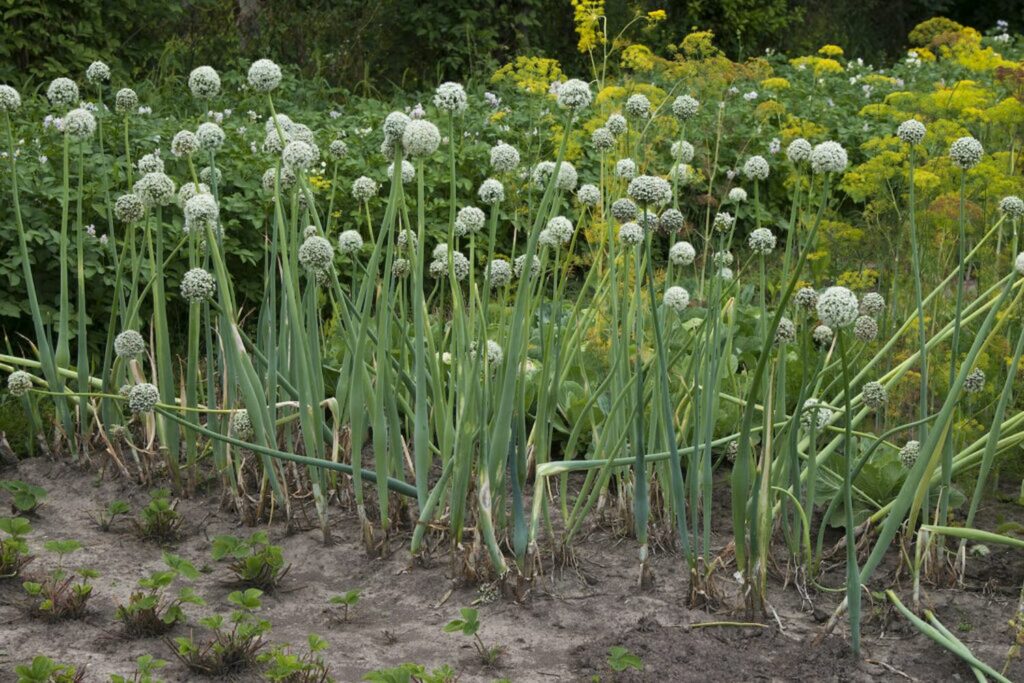
Summary: What to sow in September
- Outdoors: welsh onion, cauliflower, white cabbage, savoy cabbage, mustard, lettuces, radishes, bee pastures and late flowering seed mixes
Seeds to sow in October
In the greenhouse, space is slowly freeing up again for overwintering leafy vegetables such as spinach, lamb’s lettuce and winter purslane. Loose leaf lettuces and head lettuces can also be sown in the greenhouse in October. Outdoors, you can fill empty spaces with winter greenery, which can remain in place until spring. Hardy Asian lettuces and leaf mustard, such as mizuna (Brassica rapa var. japonica), can also be sown outdoors. They are much more cold-tolerant than you might think and can even overwinter outside.
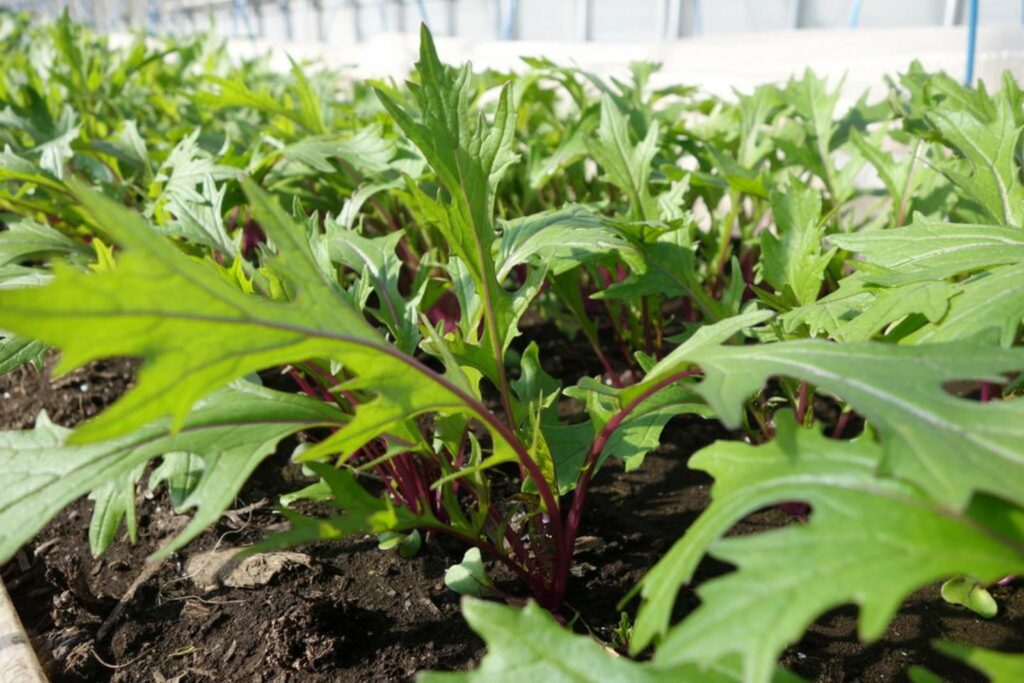
Summary: What to sow in October
- Outdoors: Asian lettuces, leaf mustard, winter greens
- In the greenhouse: lettuce, spinach, lamb’s lettuce, winter purslane
Seeds to sow in November
With winter just around the corner, the reduced daylight hours are ideal for sowing crops that will not germinate until the following spring. Some plants that will not sprout until next spring are bulbous-rooted chervil (Chaerophyllum bulbosum), parsnips, early carrots and root parsley. In the greenhouse, you can still sow the familiar winter crops and Asian lettuces.
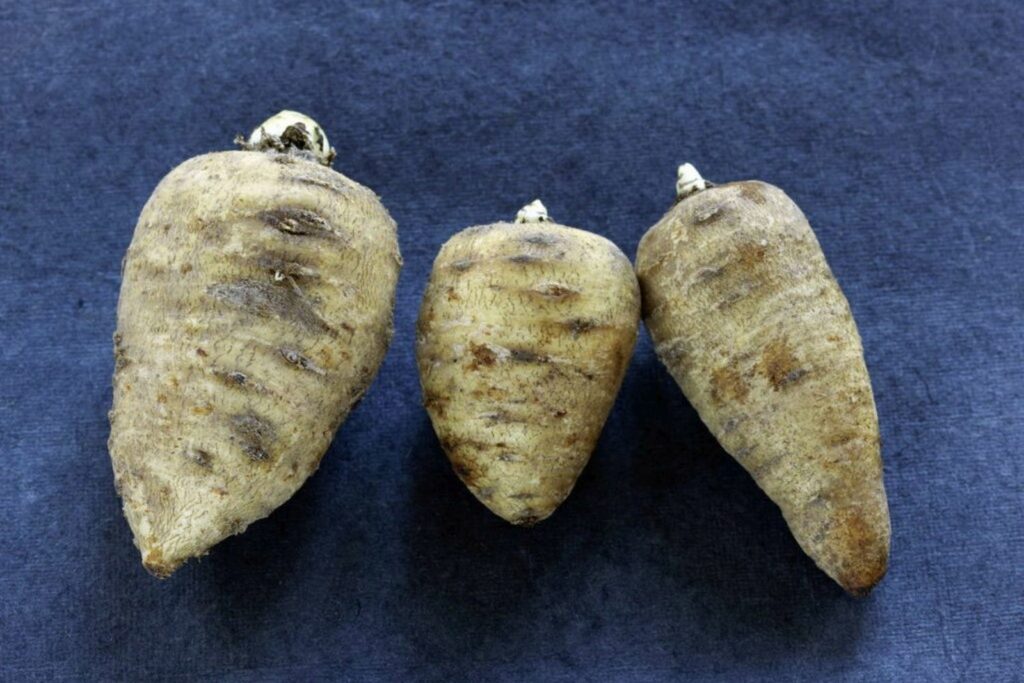
Summary: What to sow in November
- Outdoors: root chervil, parsnip, early carrots, root parsley
- In the greenhouse: winter purslane, lamb’s lettuce, spinach, Asian lettuces, leaf mustard
Seeds to sow in December
As the darkest month of the year, December is only suitable for sowing winter purslane and lamb’s lettuce in the greenhouse. Both crops take quite a long time to germinate but if protected from frost, you should be able to harvest them from February onwards. On the windowsill, cress and other microgreens can help bridge the cold period as well.

Summary: What to sow in December
- In the greenhouse: winter purslane, lamb’s lettuce
- On the windowsill: cress, sprouts, microgreens
Aside from sowing in season, do you want to eat seasonally too? Take a look at our seasonal calendar to discover what fresh fruit and veg you can eat throughout the year.
